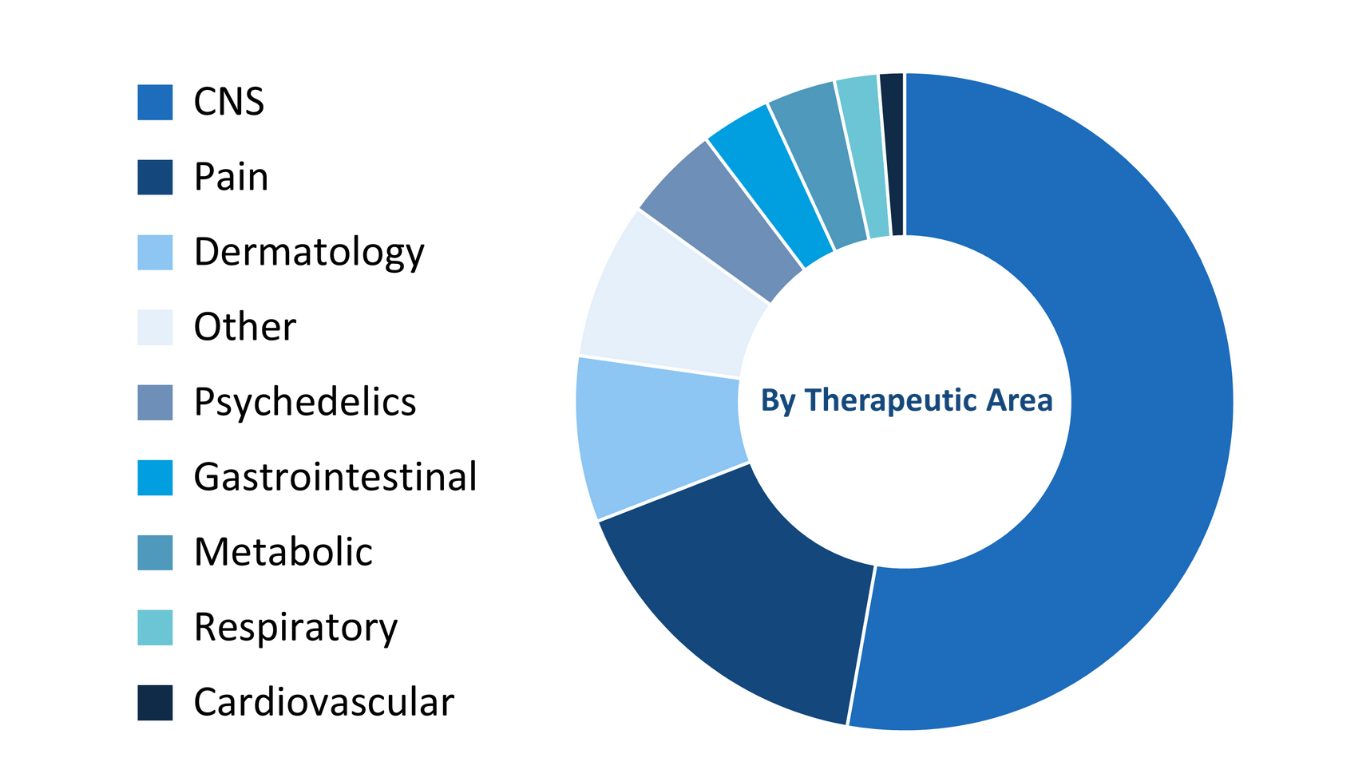
Abstract
µ-opioid agonists are powerful but problematic analgesics in post-operative pain. Respiratory depression, nausea and vomiting, constipation and sedation can be dose-limiting and prevent effective pain control. TRV130 is a novel, selective, G protein-biased ligand at the µ-opioid receptor, stimulating G protein coupling with potency and efficacy similar to morphine. In preclinical studies TRV130 was potently analgesic while causing less respiratory depression and gastrointestinal dysfunction than morphine, suggesting unique benefits in acute pain management. As part of the first human studies with TRV130, pupillometry was included as a non-invasive technique to attempt to demonstrate target engagement. Opiates have been shown to cause dose-related decreases in pupil size and in the velocity of reaction to a light stimulus via central activation of the µ-opioid receptor.
Aims:
To use pupillometry assessments to demonstrate that TRV130 could cross the blood-brain barrier and engage with the µ-opioid receptor. To utilize evidence of appropriate target engagement to help guide the selection of the starting dose for future patient/efficacy trials.









